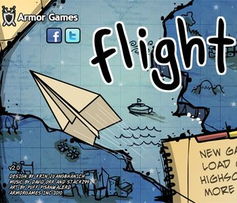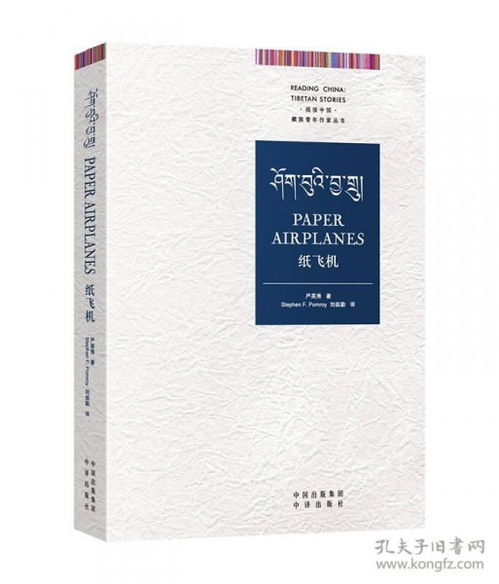
Paper airplanes, often cherished as a simple yet delightful pastime, have been a staple of childhood for generations. These lightweight, handcrafted aircraft are not just toys but also a testament to the ingenuity of the human spirit. In this article, we delve into the history, construction, and flying techniques of paper airplanes, exploring why they continue to captivate both young and old alike.

The origins of paper airplanes can be traced back to ancient China, where they were used for entertainment and even as a form of communication. Over time, the art of making paper airplanes spread across the world, evolving with different cultures and techniques. Today, paper airplanes are a universal symbol of creativity and fun.

Creating a paper airplane is a straightforward process that requires minimal materials. The most common item needed is a sheet of paper, which can be plain or colored. Depending on the design, additional materials such as tape or glue may be used. The simplicity of the materials makes paper airplanes accessible to everyone, regardless of age or location.

There are countless designs for paper airplanes, each with its unique characteristics and flying abilities. Some popular designs include the dart, the glider, and the helicopter. The construction process typically involves folding the paper into specific shapes to create wings, tails, and other components. The key to a successful paper airplane lies in precise folding and balancing.

Once a paper airplane is constructed, the next step is to learn how to fly it effectively. This involves understanding the principles of aerodynamics and how to adjust the airplane's orientation and speed. Techniques such as throwing with a flick of the wrist, adjusting the angle of attack, and using wind currents can greatly enhance the performance of a paper airplane.

Engaging in the activity of making and flying paper airplanes offers numerous benefits. For children, it fosters creativity, problem-solving skills, and fine motor development. It also provides a break from digital devices and encourages outdoor play. For adults, paper airplanes can be a relaxing and rewarding hobby that brings back memories of simpler times.

For those who take their paper airplane flying seriously, competitive paper airplane flying is a thing. This sport involves designing and flying paper airplanes that can travel the longest distance or stay in the air the longest time. Competitions often have specific rules and categories, making it a challenging and exciting activity for enthusiasts.

While traditional paper airplanes remain popular, modern technology has brought about new innovations. Some designers have incorporated lightweight materials, such as carbon fiber, to create paper airplanes with enhanced performance. Others have used 3D printing to create intricate and unique designs that were once impossible to achieve with traditional methods.

Paper airplanes are a timeless symbol of creativity and fun. Whether you are a child or an adult, the joy of making and flying a paper airplane is something that can be cherished for a lifetime. As we continue to explore new designs and techniques, the legacy of the paper airplane will undoubtedly endure, providing endless entertainment and inspiration for generations to come.